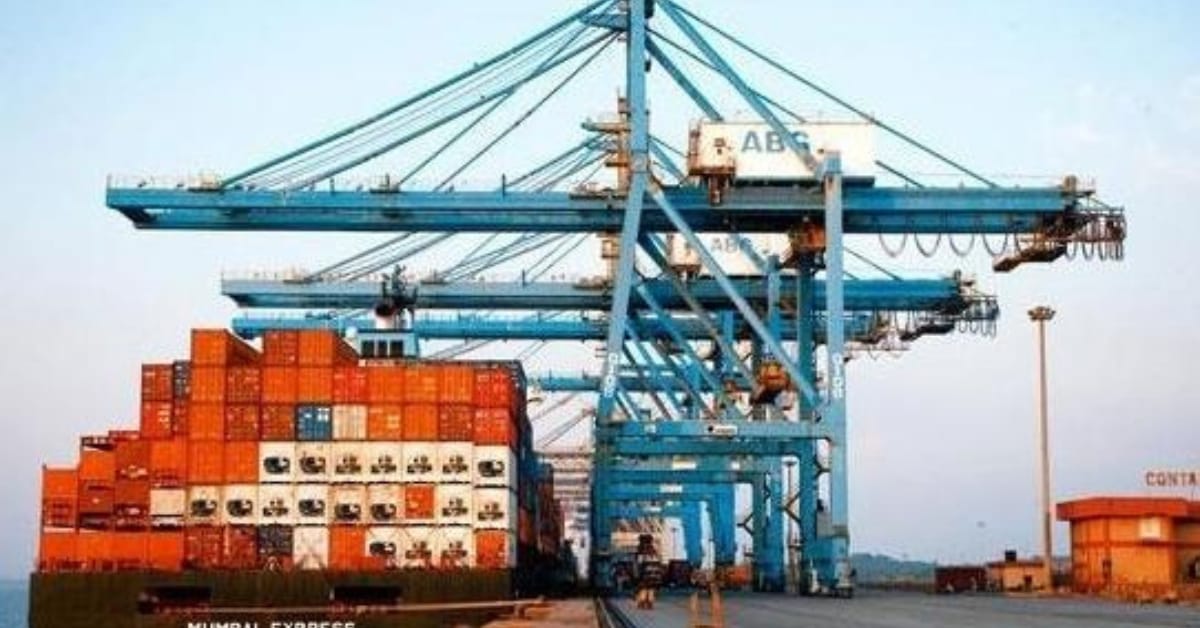India’s ports were governed by colonial-era laws that belonged to a different era and economy for more than a century. The intricacies of contemporary supply chains, digital logistics, and environmental requirements were far beyond the scope of the Indian Ports Act of 1908, which was created during British rule. By enacting the Indian Ports Act 2025 in August 2025, Parliament firmly ended this antiquated framework and envisioned a new approach to managing India’s extensive coastal potential and maritime infrastructure.
Twelve major ports and more than two hundred smaller facilities dot India’s 7,500-kilometer coastline, which together handles 95% of the country’s volume of trade. These are vital hubs for international trade, supporting industrial clusters, creating jobs, and acting as entry points for global connectivity—they are more than just places for ships to dock.
However, in spite of their significance, the regulatory framework that governed them was still disjointed and outdated, resulting in bottlenecks that impeded investment and efficiency. By creating contemporary governance frameworks that strike a balance between state autonomy and central oversight, the new law directly tackles these issues.
Fundamentally, the Act establishes the Maritime State Development Council, a statutory entity intended to promote cooperation between coastal states and federal agencies. By ensuring that maritime development strategies take into account both regional realities and national priorities, this institutional innovation exemplifies the cooperative federalism principle. The framework gives State Maritime Boards more authority, allowing them to plan and carry out port projects more independently while still staying in line with overarching strategic goals.
Another tenet of this reform is accountability and transparency. In order to prevent arbitrary pricing and guarantee equitable returns for operators and affordability for users, the Act establishes explicit procedures for tariff regulation. Businesses and investors now face less uncertainty thanks to the simplification of dispute resolution procedures. When taken as a whole, these actions improve the rule of law in maritime trade and increase the appeal of Indian ports to both foreign and domestic investors.
The legislation gives environmental sustainability previously unheard-of attention. The Act requires ports to create thorough disaster preparedness plans and to comply with global green standards, acknowledging that climate change poses existential threats to coastal infrastructure.
These clauses shield ecosystems and vulnerable coastal communities from natural disasters and environmental degradation while bringing India into line with global best practices.
Most importantly, the Act acknowledges the transformative power of digitalization. Port operations take less time and money thanks to programs like the Maritime Single Window, which expedites documentation and clearance processes. Simplifying traffic in crowded harbors through advanced vessel traffic management systems promises to increase efficiency and safety.
The ease of doing business in India is directly improved by these technological advancements, increasing the nation’s ability to draw in shipping lines and cargo traffic. The impact on the economy is significant. Maritime infrastructure will be essential to India’s goal of becoming a developed country by 2047. Efficient ports boost manufacturing competitiveness, lower logistics costs, and make it easier to integrate into global value chains. They provide jobs for workers of all skill levels by supporting ancillary industries like ship repair and warehousing.
The Act creates a crucial foundation for long-term economic growth by modernizing port governance. There is more to the Indian Ports Act 2025 than just legislative housekeeping. It displays strategic vision regarding India’s role in the global economy of the twenty-first century.
Countries with effective, dependable marine infrastructure will reap disproportionate benefits as global trade patterns change and supply chains reorganize. By turning ports from inherited colonial properties, this law puts India in a position to take advantage of those opportunities.
A strategic shift toward cooperative federalism, global competitiveness, and integrated port development is reflected in the Act. It makes governance more efficient, builds institutional capacity, and makes sustainability a key component of maritime operations.
This law is a key reform as India moves toward Viksit Bharat by 2047, empowering coastal states, drawing in investment, and improving trade efficiency. It is a blueprint for converting ports into catalysts for inclusive development, regional connectivity, and national advancement rather than just a legal update.
Due to the Indian Ports Act’s emphasis on digitalization, environmental stewardship, and organized planning, India’s maritime industry is well-positioned to lead the world in innovation, resilience, and cargo volumes.






